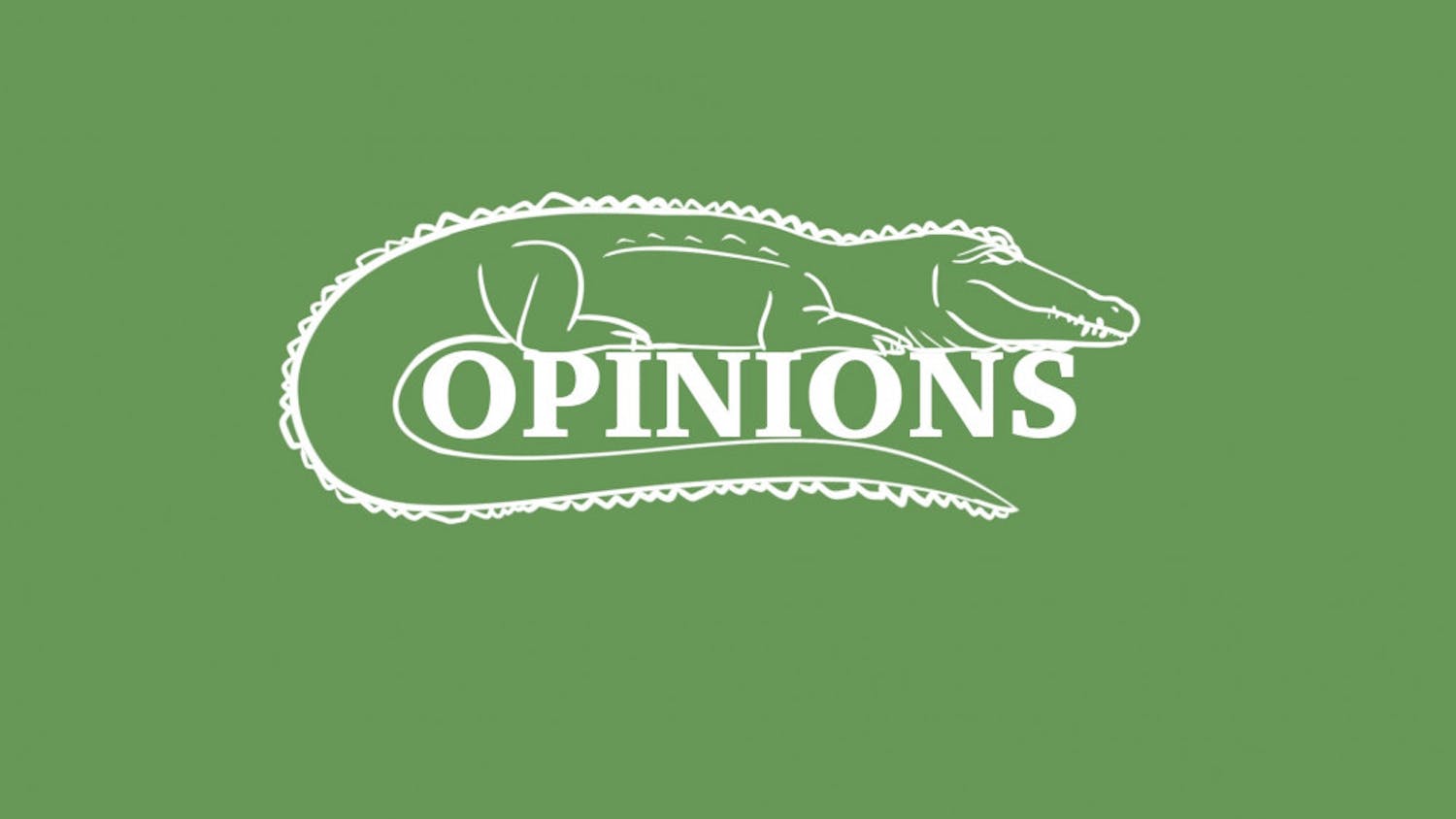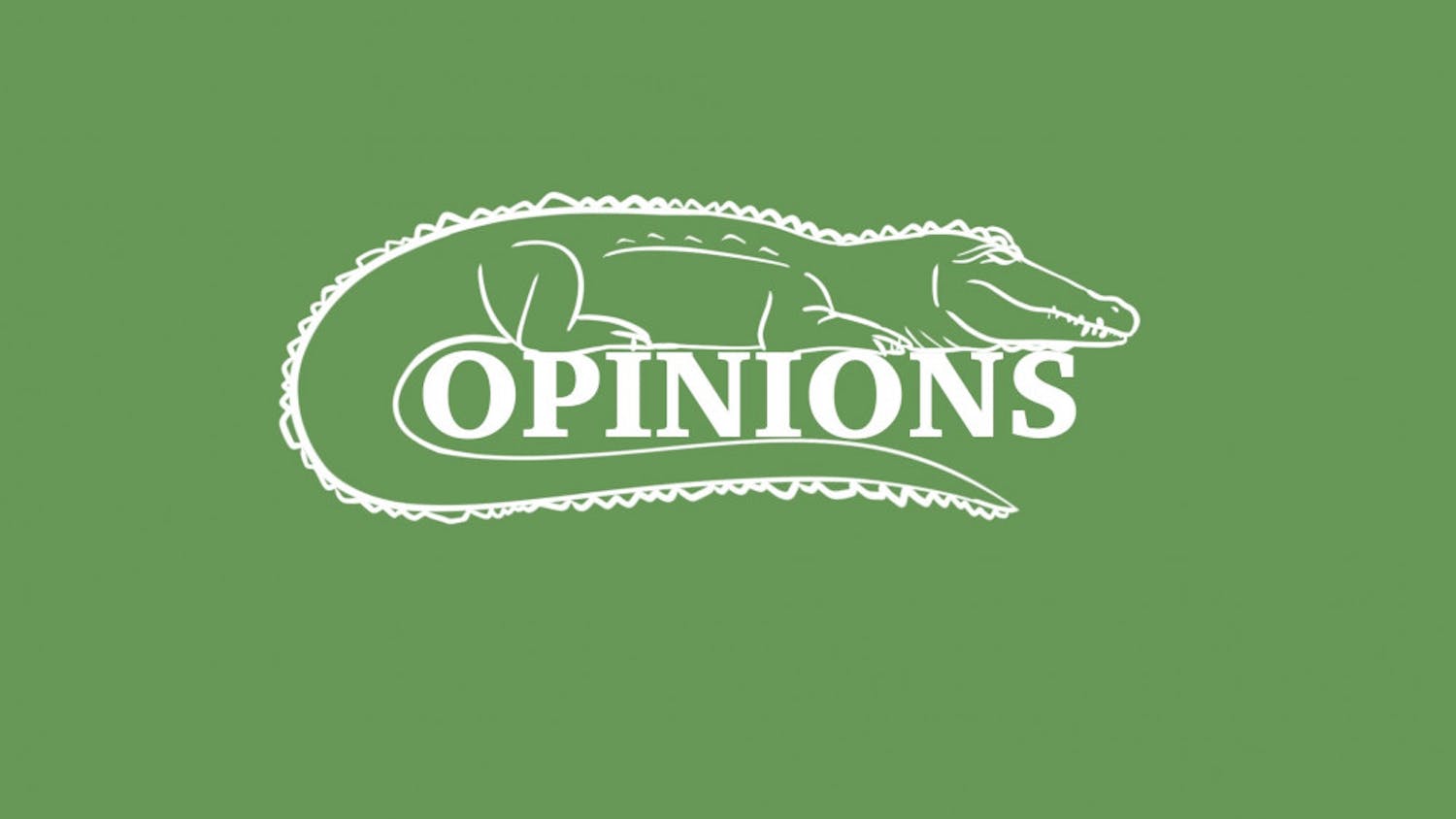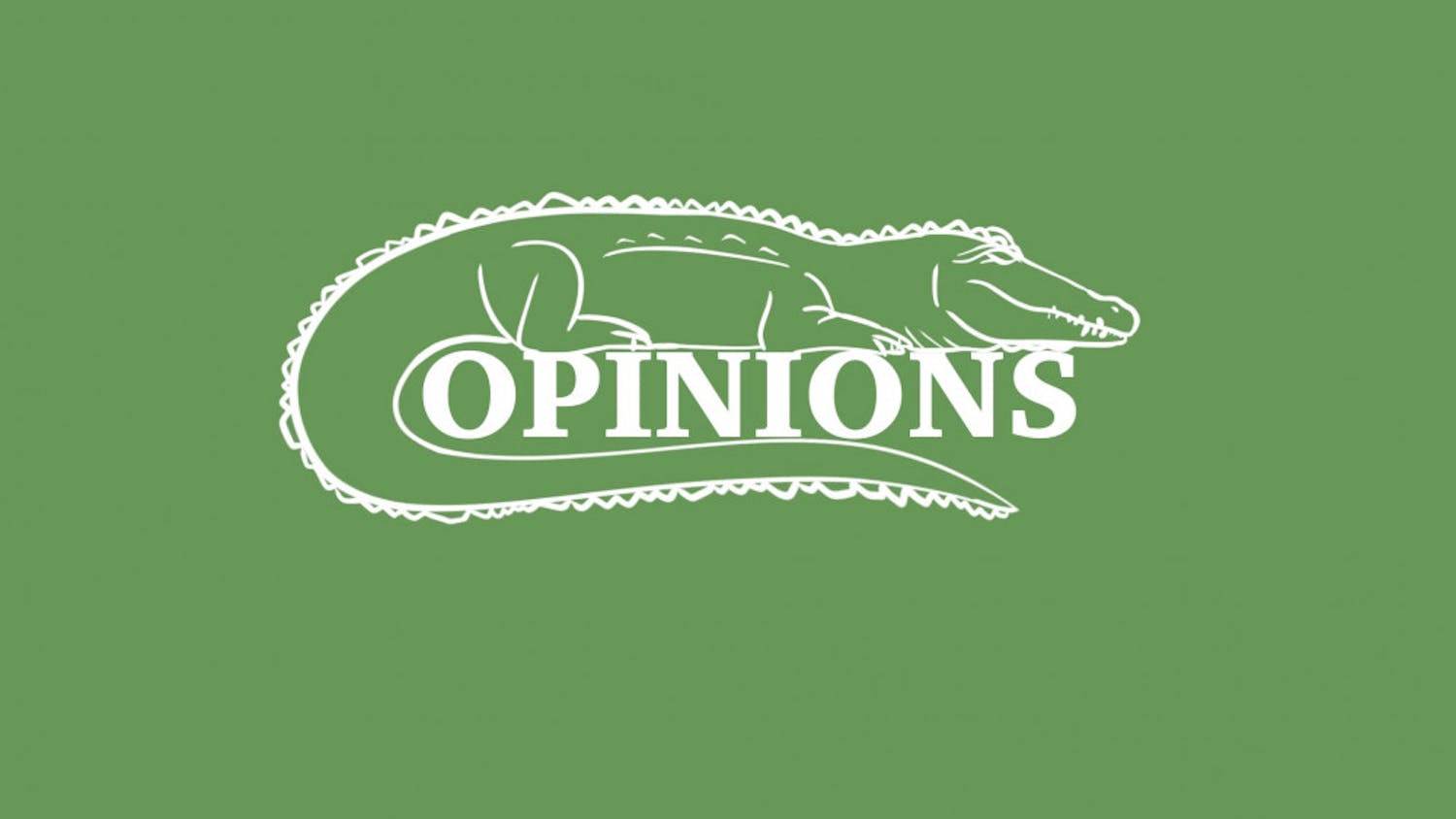The human cost of the Afghan war has risen sharply in recent months, as evidenced by the headlines that appear all too frequently. But the financial cost of the war, another mounting problem, has received less coverage.
At a time when deficits are measured in trillions, a figure like $54 billion might seem like peanuts. Yet opponents of the troop surge proposed by Gen. Stanley McChrystal, the top commander in Afghanistan, have latched on to this figure, arguing that it’s not a trivial amount by any means.
According to The New York Times, the proposed increase of 40,000 troops will cost an estimated $40 billion to $54 billion per year. While part of this expense could be offset by $26 billion in savings from troop withdrawals in Iraq, the addition could push the overall military budget to $734 billion by 2010.
That would be 10 percent higher than the $667 billion peak under the Bush administration. Barack Obama, who made early campaign promises to withdraw from Iraq and eventually scale down military spending, may soon be spending more than Bush ever did.
Herein lies Obama’s political predicament: He must balance campaign promises with the realities of a destabilized Middle East. Afghan security is crumbling, the Taliban is resurgent and key Pakistani military sites have been attacked in recent months by militants with Taliban ties.
Opponents of the surge, citing the human and financial costs of the war, support reductions in troop levels in Afghanistan, combined with a “surgical strike” effort aimed at terrorist and militant groups.
So, when faced with two starkly different yet equally difficult options, which will politically savvy Obama most likely choose?
Neither. The strategy discussed by most aides is a modest increase in troops: around half of what McChrystal is requesting. This middle-ground approach may seem politically appealing, and at half the cost it is certainly cheaper.
But if the top commander in Afghanistan has correctly assessed the situation, this option will produce far less than half the results. This is because Afghanistan’s massive and dispersed territories are unmanageable without an adequate number of troops. McChrystal cites the success of the Iraqi troop surge in supporting his plan.
But generals always ask for more troops, and to control a diverse set of tribes — even with a massive, long-term military presence — is not realistic, according to prominent opponents of the surge like Vice President Joe Biden. Other critics have called Afghanistan a “graveyard of empires” in reference to the numerous military failures seen in the region, notably the Soviet Union’s decadelong war that ended in defeat.
Faced with costs that amount to roughly $1 million per year for every soldier we put in harm’s way (not to mention the cost of lives lost), we believe that this politically palatable plan is not the best option.
Obama may choose to draw down troop levels and focus on targeting terrorist enclaves, even though he’ll face fierce criticism at home and the chance that a destabilized Afghanistan could produce terrorist threats.
He may choose to increase the troop levels by the amount McChrystal is requesting, in an attempt to stamp out the Taliban and unite the country. This will anger his political base and has the chance to produce a long, drawn-out conflict.
But by maintaining current levels, or increase troops only marginally, Obama will surely face the downsides of both aforementioned options, while Americans will still be in harm’s way and a stable Afghanistan will be just out of reach.
The middle-ground comes at half the cost and has none of the benefits.





